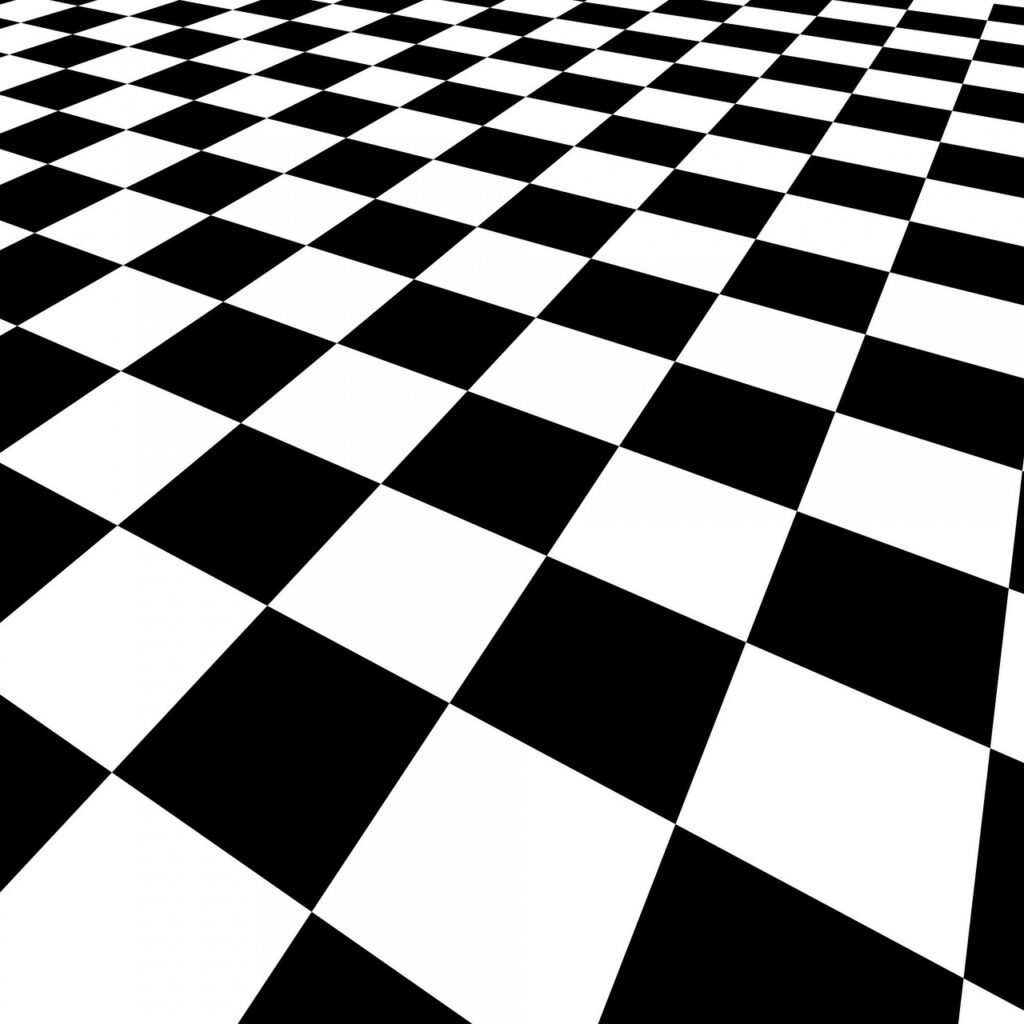Hello again. I hope you’ve had a great past few days. This week we’re going to talk about how to write a Ska song. I’ve made a very simple example that we’re going to dive into right away then discuss.
Here’s the song and the lyrics:
Complication
Taking every step you see
Complication
There is not a guarantee
Complication
Deep in thought you missed the train
Complication
It’ll come back round again
What’s the point
In tryin’ so hard
To escape
Your reality
When you’ve got
A life lived in peace
How could you
Be at anything but ease
Complication
Taking every step you see
Complication
There is not a guarantee
Complication
Deep in thought you missed the train
Complication
It’ll come back round again
This song was both fun and easy to write. It’s a short song that has a form of chorus, verse, chorus, solo, chorus. Nice and simple, to the point, and easy to explain so you can write your own.
Inspiration and chords
To start out, I was inspired to do this through students requesting to figure out how to write a Ska song and then by looking up few classic bands. I listened to a few songs by The Specials, Desmond Dekker, and Bob Marley and the Wailers. I just opened up Spotify and threw on a few songs from random albums and then read a few sets of lyrics from all three. I noticed a few commonalities and simplistic themes that sparked the idea for my lyrics.
There is often a repeated phrase or word treated as a call and response where, like in Complication, the word is sung and a line follows it in response.
The songs are, more often than not, just 2 or 3 chord songs. They’re either ii-V or I-IV-V. In C major those chords would be:
ii-V = 2-5 = Dm – G
I-IV-V = 1-4-5 = C – F – G.
This is, by no means, a set rule for every song or the entire genre but is a good place to start for writing your own Ska song. I ended up starting out with a bass line and then harmonizing that. It happened to line up to being a I-IV-V song in E major. The chords are:
E – A – B.
An important rhythmic factor on the guitar is the light “plink, plink” sound that you hear. More often than not you’ll hear people say that this is through upstrokes, however, I use down strokes because I think it has a more authentic and percussive sound than using upstrokes. Check it out in the video where I use down and then up strokes below:
You should notice that I am only actually fretting (pressing down) the notes when I am striking them. This helps with the percussive effect. I’m also muting the low E string with my thumb and the A string with middle/2nd finger on the E chord and my ring/3rd finger on the A and B chords. If you practice slowly and focus on muting those strings for that effect then it will become second nature before long. Then slowly practice changing the chords while muting the low E and A strings while playing those chords. Another thing to notice is that I have a pendulum going on the downstrokes which helps with keeping time and consistency.
The solo for this one is mostly a reprise of the vocal melody. This is done in many genres of music and can be easily found in most of the solos that Kurt Cobain plays in Nirvana. It’s a good way to produce material for a solo by keeping it highly connected to the music of the song. A common term for that is called “quoting the melody” which is often done in Jazz improvisations to make a solo fit a piece of music rather than a general set of chord changes.
Parting thoughts
You don’t need to write a long or complicated song to get some material out there. This song only has one verse. Most of the most popular songs that much of the world enjoy are not complex and follow very basic patterns and chord progressions. This doesn’t mean you can’t expand on simple ideas or that you can’t write complex music, it’s just a tidbit of information on how a lot of popular music is received.
The music I’m learning right now is on the opposite spectrum of what we’ve been working on for the past while with songwriting here. Instead of short songs, I enjoy learning and memorizing long epics. If you’re interested in listening to the latest song I’ve been learning, check out Illumination Theory by Dream Theater for a 22 minute epic that explores various styles, keys, time signatures, and realms of possibility with a highly trained and dedicated group of musicians. With that said, I’m going to get back to writing some songs and continuing to work on learning and memorizing that song.
Thank you so much for your time and I hope you’ve gotten to take away a few pieces of information that benefit your musical journey and writing experience. As always, be kind and patient to and with yourself. We all learn and play in different ways and at different levels and we all have hurdles that we are constantly trying to leap over. I’m always here to help you navigate your way up and around any hurdles that you reach and I’m happy to assist you on your journey. All you have to do is reach out and I’ll do my best to respond and help you through lessons, answering questions, or just somebody else that is there for you.
All the best and see you in the practice room,
– Matt
